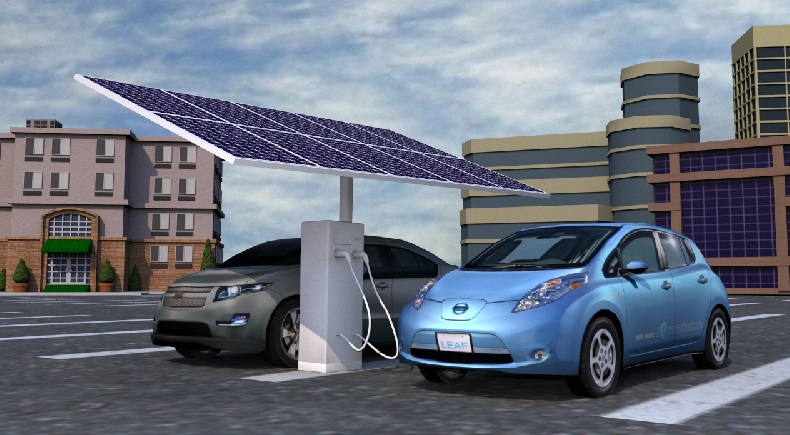Electric Vehicles Charging systems
By J.M. Lao, F. G. Montoya, M. G. Montoya, F. Manzano-Agugliaro,
(Renewable and Sustainable Energy Reviews, Volume 77, September 2017, Pages 970-983)
The transportation sector is characterized by a high consumption of fossil fuels and a strong environmental impact. Promoting electric vehicles is an alternative to reduce and limit them move towards the sustainability of the automobile sector. In a short period of time, world car manufacturers have built, marketed and sold a million electric vehicles, and a million drivers got used to these new low carbon advanced technologies. Comparatively, this figure represents approximately the average annual sales of conventional vehicles in Spain. The main problem is the battery autonomy, since its maximum range does not exceed 250 km, a restriction that limits the trip. Spain belongs to the group of countries which have longest trip average around 80 km. Then the problem is how to understand electric mobility, for that the types and modes of charging, the types of electric vehicles, and the available charging systems all interact with one another in the charging systems for electric vehicles, which will be specifically analysed. Alternative charging methods are also presented, and the agents involved in the charging process in accordance with applicable regulations are identified. The objective of this article is to analyse the charging of electric vehicles in Spain and to assess the current situation to be able to propose potential improvements or implementation strategies. This paper determines that it is necessary to develop public policies for a structured implementation of charging stations in public places and in common-use areas within large shared spaces, such as parking areas and residential areas in order to improve electric mobility in Spain. This paper also illustrates the need to legislate standards for charging electric vehicles to maximize their implementation in Spain, with the goal of implementing electric vehicles on a larger scale and ultimately allowing society to benefit from the advantages of this technology.

Please, read the full paper at:
http://www.sciencedirect.com/science/article/pii/S1364032116310152

Electric vehicles in Spain: an overview of charging systems
Posted by
admin
8 years Ago
24th August 2017
What’s your reaction?
Shares
admin














